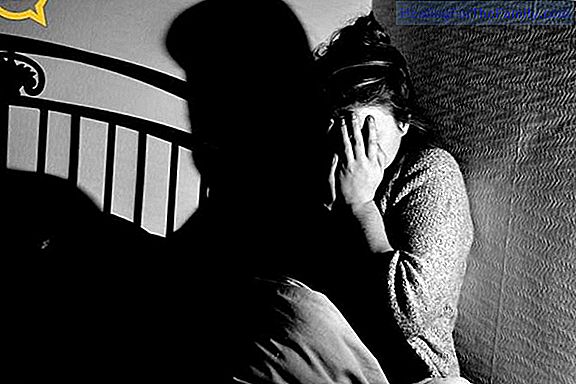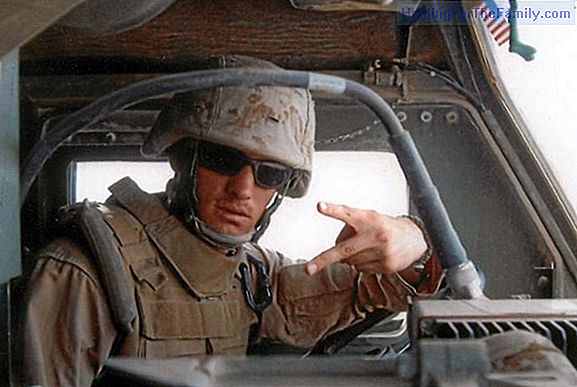Differences between fear and phobia in children
There are differences between emotion of fear and phobias. Often we talk about these 2 concepts as if they were synonyms but from psychology they are seen as different phenomena We explain the differences between the feeling of fear and the phobia so that you can learn to distinguish them in your ch
There are differences between emotion of fear and phobias. Often we talk about these 2 concepts as if they were synonyms but from psychology they are seen as different phenomena
We explain the differences between the feeling of fear and the phobia so that you can learn to distinguish them in your child.
How is the feeling of fear and phobia in children

Fear is an emotion that is related to a survival function. Appears before the threat or in a situation of risk. It allows us to act with caution and avoid a danger. In addition, it is a natural and frequent emotion so, in principle, does not involve any psychological problem. Fear is a necessary feeling in the evolution of every child.
When this fear becomes irrational, disproportionate and focused on a particular object or a real situation that provokes it, it is when the phobia can appear. Phobia is an emotion of an intense nature, and makes it very difficult for a child to control his or her responses.
Therefore, what differentiates these two emotions are:
- The consequences that each implies. The phobia could interfere with the child's daily life. Something that does not happen with fear.
- The intensity and disproportion that occur in emotions, which in the case of phobia is much greater.
For example, it would be scary if a child would be affected by a costume party and be alert to see someone in a mask. It would be phobia if the intensity of this fear makes the child not want to go to the party and avoid it.
What to do when a phobia appears in children
The phobia appears when the child experiences the situation as a real threat, lives in anguish and panic. It will try to desperately avoid the threat, and creates strategies to avoid the situation or the stimulus. When there are phobias or exaggerated fears we propose to do the following:
- Talk to the child. It is important that you can put into words everything that covers phobia or exaggerated fear.
- Keep in mind that fear is always true and real for the child who feels it.
- Do not ignore it or be indifferent to the situation. Our role as adults will be to contain the child and give him support.
- Try to reduce anxiety when the situation approaches.
- Do not overprotect him. This helps to make the problem bigger and bigger and hinder a possible solution.
- Do not force the child to face the object or the situation that causes fear, the only thing that can happen is to increase the anguish.
When to ask for psychological help in the face of a childhood phobia
It should be checked if the child's fear lasts for more than twenty days on average. When we realize that fear or phobia alter the daily lifestyle of the child and has negative consequences in their personal evolution, school performance, social and family relationships.
When this occurs, the problem should be addressed with the advice of a specialist. An educational counselor, if it is a school environment, a clinical psychologist or psychiatrist with experience in children would be the references to go to.












